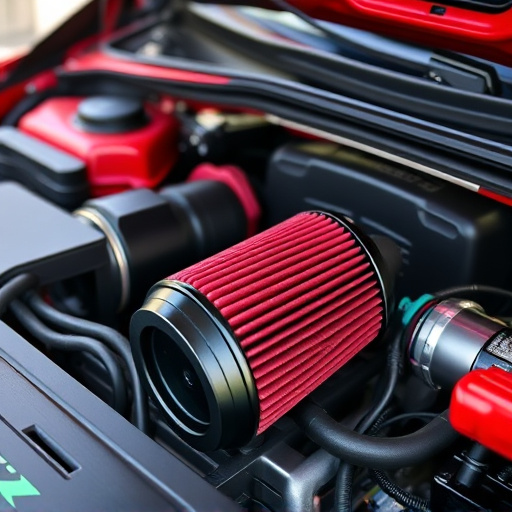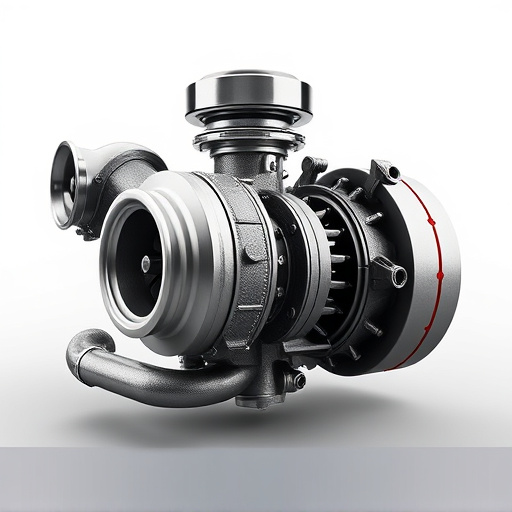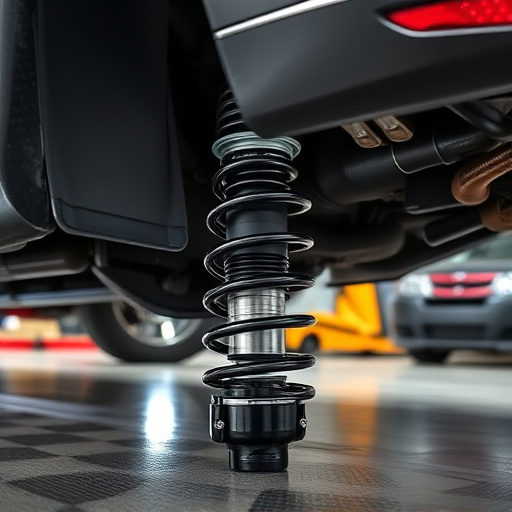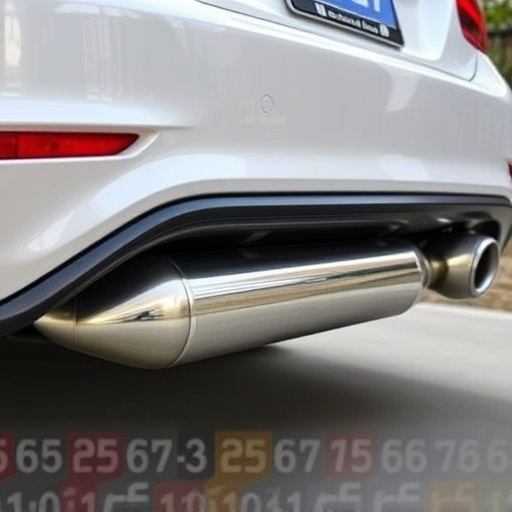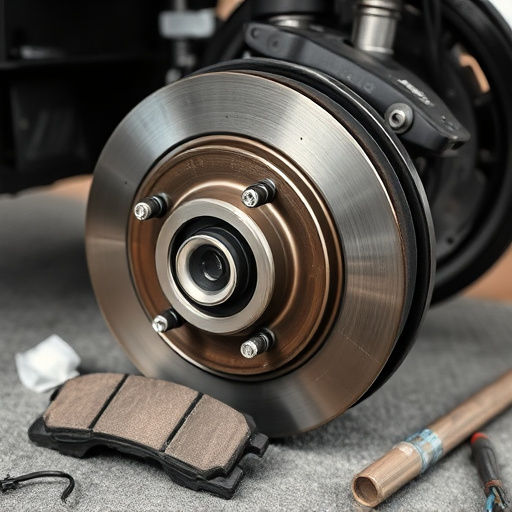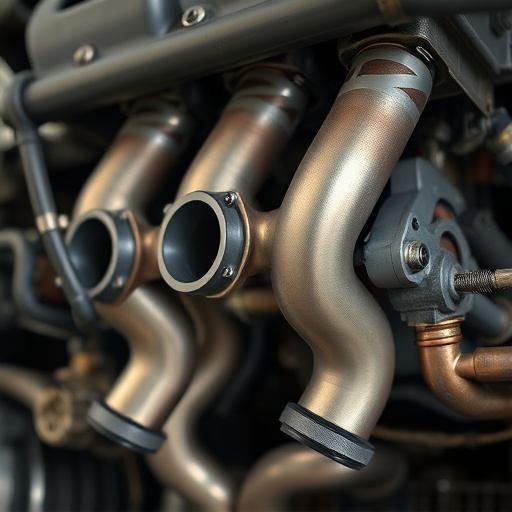Universal catalytic converters revolutionize the automotive industry with their versatile design and broad applicability, reducing costs and emissions. Adhering to strict safety standards, these converters enhance engine efficiency, lower environmental impact, and streamline installation processes. Their single-component design, advanced materials, and specialized coatings ensure optimal performance across diverse vehicle models and regulations, complementing other high-performance automotive components.
In today’s automotive landscape, a key component driving emissions control is the universal catalytic converter. These versatile devices offer a streamlined solution by meeting industry safety standards while ensuring efficient performance across various vehicle types. This article delves into the world of universal catalytic converters, exploring their key features, the stringent industry safety standards they must adhere to, and innovative design choices that underpin their universality and effectiveness.
- Understanding Universal Catalytic Converters: Key Features and Benefits
- Industry Safety Standards: Requirements and Compliance for Catalysts
- Design Innovations: Creating Universal Compatibility and Efficiency
Understanding Universal Catalytic Converters: Key Features and Benefits

Universal catalytic converters are a game-changer in the automotive industry, offering a versatile solution for various vehicles and applications. These converters are designed with a key feature: universality, allowing them to fit a wide range of makes and models without the need for costly adaptations. This is particularly beneficial for businesses and individuals looking to upgrade their exhaust systems or replace faulty components. By adhering to strict industry safety standards, these universal convertors ensure optimal performance while maintaining environmental compliance.
One of the primary advantages is their ability to enhance engine efficiency and reduce harmful emissions. They achieve this through a complex process involving precious metals like platinum, palladium, and rhodium, which facilitate the conversion of toxic gases into less harmful substances. Furthermore, unlike specialized converters tailored for specific vehicle types, universal convertors streamline the installation process, often requiring minimal adjustments. This not only saves time and labor costs but also promotes the idea of a standardized approach to exhaust systems, potentially reducing overall environmental impact by simplifying maintenance routines.
Industry Safety Standards: Requirements and Compliance for Catalysts

In the automotive industry, safety standards are paramount when it comes to catalytic converters. These universal catalytic converters must meet stringent regulations to ensure effective emission control while withstanding the rigors of various driving conditions. Compliance involves adhering to specific performance criteria set by governing bodies, focusing on factors like conversion efficiency, noise levels, and structural integrity. For instance, catalysts need to reduce harmful pollutants, such as nitrogen oxides and carbon monoxide, to minimal levels.
Moreover, universal catalytic converters should be designed with safety in mind, integrating suspension components and muffler tips that enhance stability and minimize the risk of damage. Additionally, regular maintenance, including timely air filter kits replacement, is crucial for optimal performance and longevity, ensuring these components remain efficient and safe.
Design Innovations: Creating Universal Compatibility and Efficiency

The design innovations behind a universal catalytic converter aim to bridge the gap between different vehicle models and regulations. By creating a single component that accommodates various industry safety standards, manufacturers reduce the need for multiple converter designs. This universal approach not only streamlines production but also enhances compatibility across diverse automotive platforms.
Efficiency is another key focus, with advancements in material science and engineering enabling converters to outperform their predecessors. Modern catalytic converters utilize specialized coatings and high-quality metals, ensuring optimal performance even under extreme conditions. Moreover, these innovations complement other vehicle components, such as coilover kits and high-performance brakes, by maximizing every aspect of the driving experience—from fuel efficiency to enhanced handling dynamics.
Universal catalytic converters represent a significant advancement in automotive technology, offering both unparalleled efficiency and safety. By meeting industry standards through innovative design and key features, these converters ensure cleaner emissions and improved performance across various vehicle types. This unified approach to catalysis is transforming the automotive landscape, promoting environmental sustainability without compromising on compatibility or quality.








